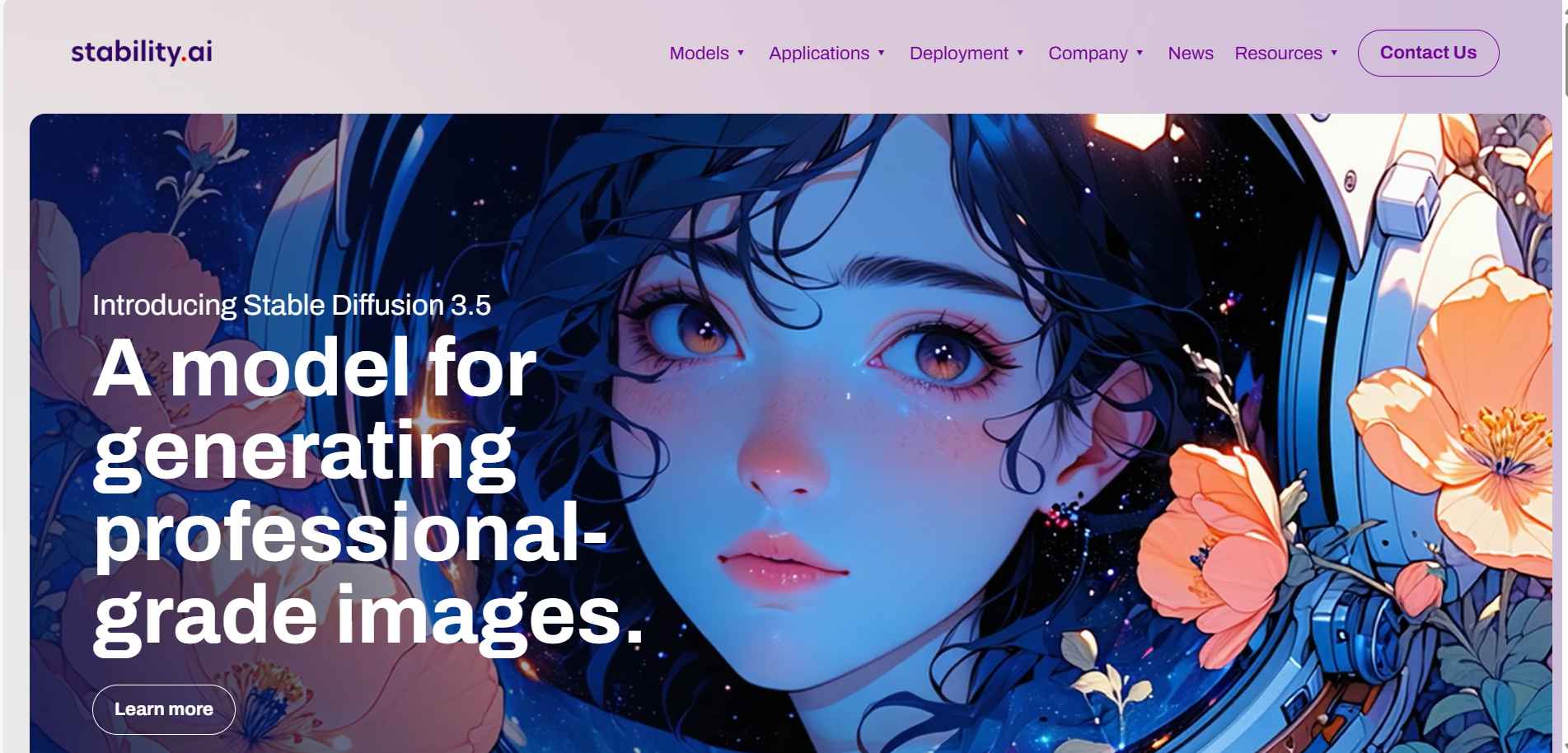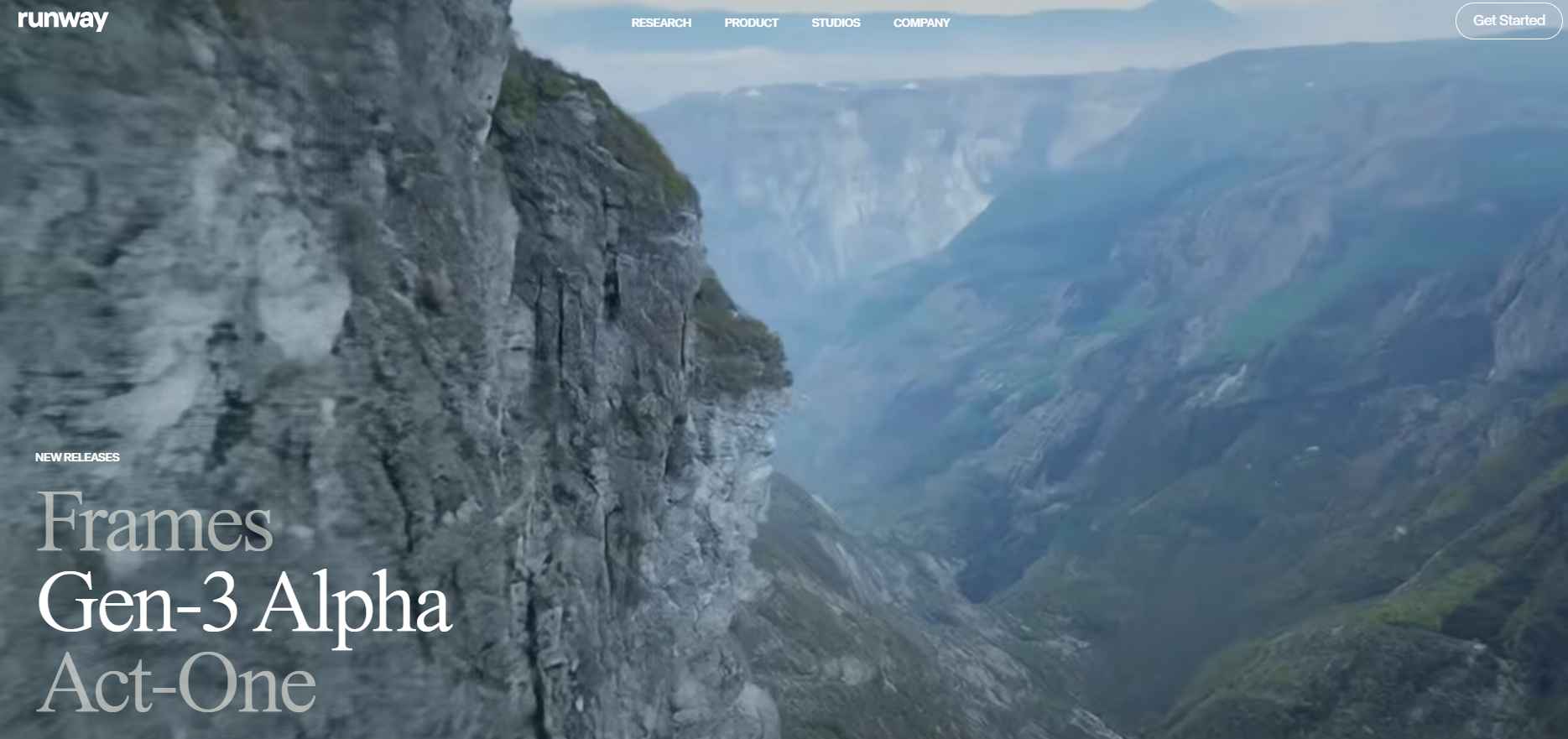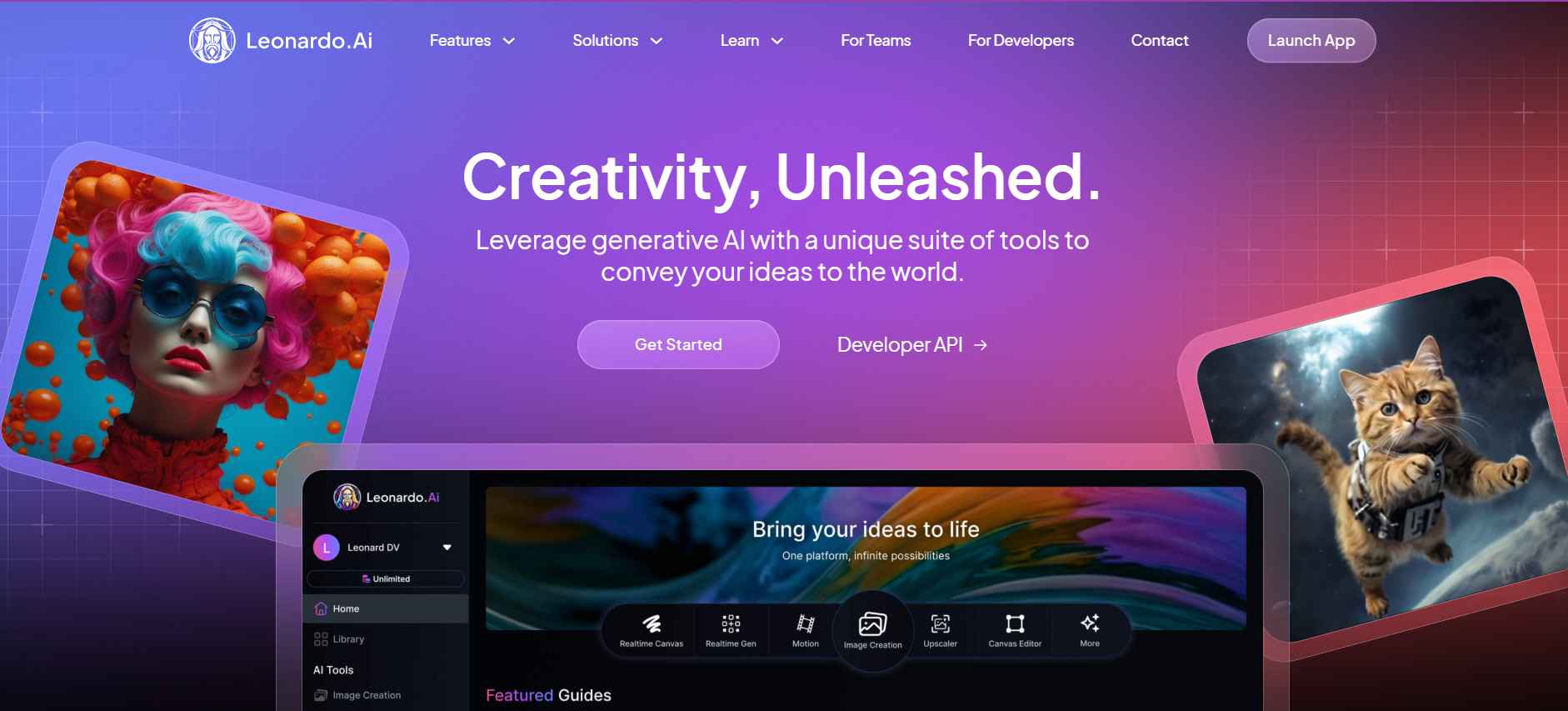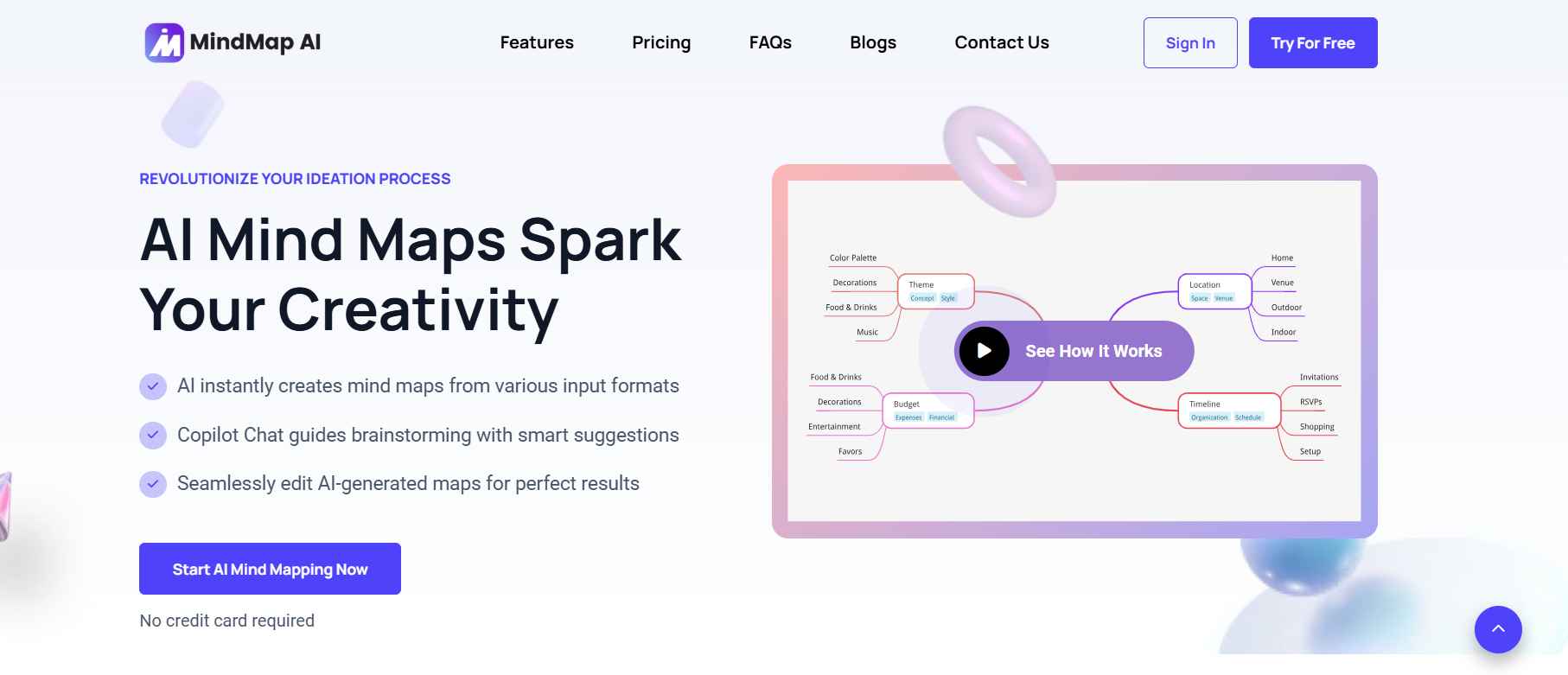
Description
In the rapidly evolving landscape of artificial intelligence, Stable Diffusion emerges as a groundbreaking tool in the realm of image generation. Developed by Stability AI, this deep learning model utilizes diffusion processes to create detailed images from textual descriptions. Its significance lies in democratizing access to high-quality image synthesis, enabling artists, designers, and developers to bring their visions to life with unprecedented ease.
Key Features
-
Text-to-Image Generation: Transform textual prompts into vivid images, allowing users to visualize concepts effortlessly.
-
Image Modification: Enhance or alter existing images based on new textual inputs, facilitating seamless edits and iterations.
-
Inpainting and Outpainting: Modify specific regions within an image or extend its boundaries, offering flexibility in creative projects.
-
High-Resolution Outputs: With the release of version 2.0, generate images at resolutions up to 768×768 pixels, ensuring clarity and detail.
-
Open-Source Accessibility: As an open-source model, Stable Diffusion encourages community-driven development and customization.
Pricing
Stable Diffusion is open-source and freely available for individual users. However, deploying the model, especially for commercial purposes, may require significant computational resources. For those seeking managed solutions, Stability AI offers services like DreamStudio, a web-based platform providing user-friendly access to Stable Diffusion’s capabilities. DreamStudio operates on a credit-based system, with costs varying based on usage and subscription tiers.
Pros & Cons
Pros:
-
Creative Freedom: Generate diverse images from simple text prompts, unlocking new avenues for artistic expression.
-
Community Support: An active user base contributes to continuous improvements, plugins, and tutorials.
-
Cost-Effective: Being open-source, it eliminates licensing fees, making it accessible to a broad audience.
Cons:
-
Resource Intensive: High-quality image generation demands substantial computational power, which might be a barrier for some users.
-
Learning Curve: Effective utilization requires familiarity with AI models and command-line interfaces.
-
Ethical Considerations: The potential for misuse in creating deepfakes or misleading content necessitates responsible usage.
How to Create an Account
To harness Stable Diffusion’s capabilities via DreamStudio:
-
Visit the DreamStudio website.
-
Click on “Sign Up” or “Get Started.”
-
Provide the required information, including a valid email address.
-
Verify your email through the confirmation link sent to your inbox.
-
Log in to access the platform and explore its features.
Best Suited For?
Stable Diffusion is ideal for:
-
Digital Artists: Craft unique visuals without traditional artistic tools.
-
Content Creators: Enhance blogs, social media, and marketing materials with custom imagery.
-
Developers: Integrate image generation into applications, games, or websites.
-
Educators and Researchers: Demonstrate AI capabilities in academic settings or conduct studies on generative models.
Alternatives
While Stable Diffusion offers robust features, other notable tools include:
-
DALL·E 2: Developed by OpenAI, it generates images from textual descriptions with impressive realism.
-
Midjourney: A research lab and AI program that creates images from textual prompts, known for its artistic flair.
-
Artbreeder: Allows users to blend images using AI, creating unique artworks through collaborative breeding.
Each alternative has its strengths, and the choice depends on specific project requirements and desired outcomes.
FAQs
Q: What is Stable Diffusion?
A: Stable Diffusion is a deep learning model developed by Stability AI, designed to generate images from textual descriptions using diffusion processes.
Q: Is Stable Diffusion free to use?
A: Yes, the model is open-source and free for individual use. However, managed services like DreamStudio may have associated costs.
Q: What are the system requirements for running Stable Diffusion?
A: Running the model locally requires a powerful GPU with substantial VRAM, typically 10GB or more.
Q: Can Stable Diffusion be used commercially?
A: Yes, but it’s essential to review and comply with the licensing terms provided by Stability AI.
Q: How does Stable Diffusion handle inappropriate content?
A: The model includes safety filters to reduce the generation of harmful or explicit content, but users should exercise discretion and adhere to ethical guidelines.
Conclusion
Stable Diffusion stands at the forefront of AI-driven image generation, offering a versatile and powerful tool for various creative endeavors. Its open-source nature fosters innovation and accessibility, though users must consider the technical and ethical aspects of its application. Whether you’re an artist seeking new mediums or a developer integrating AI into projects, Stable Diffusion provides a compelling solution worth exploring.





Reviews
There are no reviews yet.